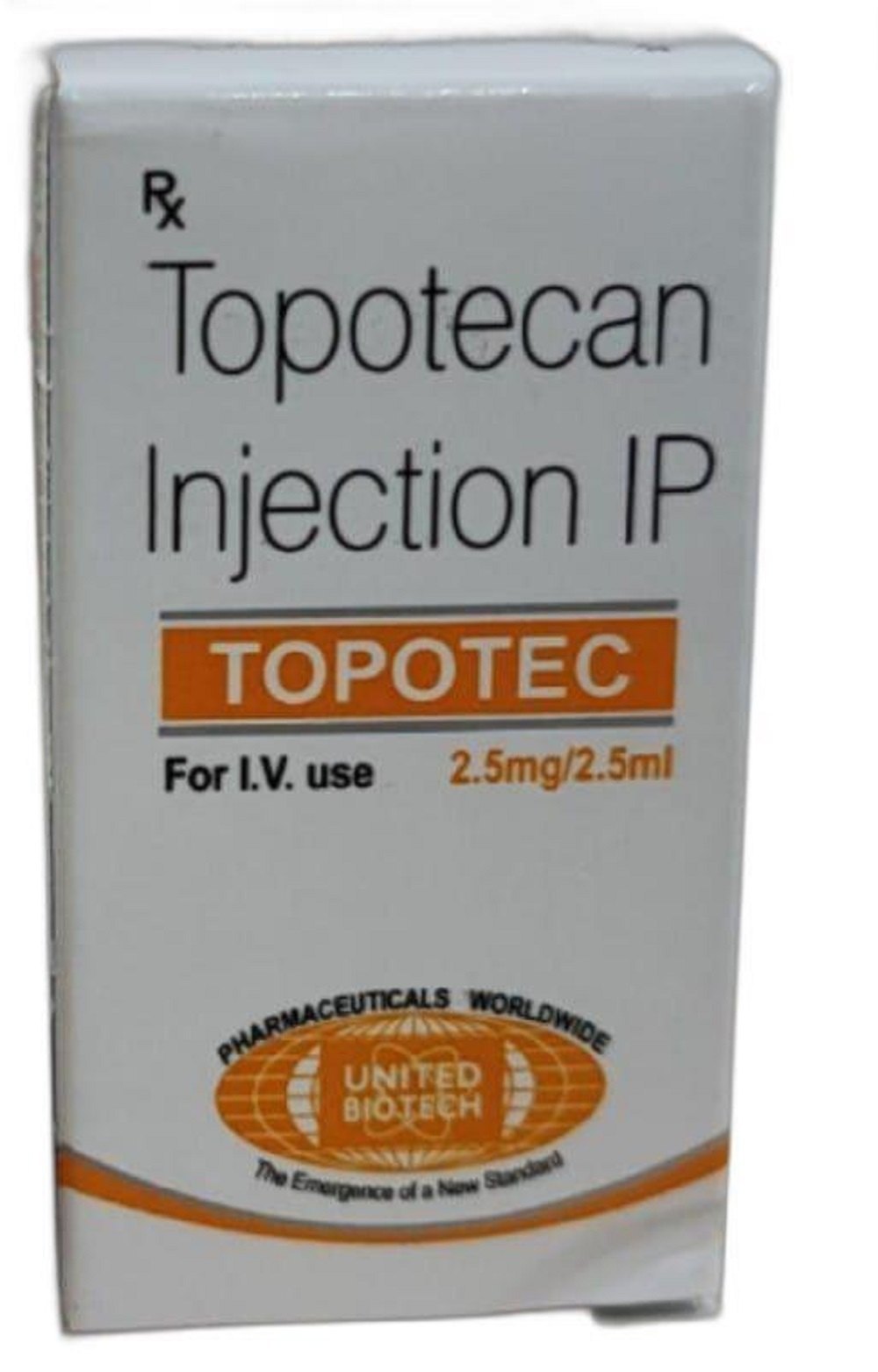Innograst is a brand name for Filgrastim Injection, which is a medication used to stimulate the production of white blood cells in the bone marrow. Here are some key points about the product:
Composition:
Filgrastim Injection is a sterile solution containing filgrastim, a recombinant human granulocyte-colony stimulating factor (G-CSF).
Indications:
Filgrastim Injection is indicated for the treatment of:
- Neutropenia (low white blood cell count) caused by cancer chemotherapy or radiation therapy
- Severe chronic neutropenia (e.g., congenital or idiopathic)
- Cancer patients undergoing autologous bone marrow transplantation
Mechanism of Action:
Filgrastim Injection works by:
- Stimulating the production of white blood cells in the bone marrow
- Increasing the release of white blood cells into the bloodstream
Dosage and Administration: The recommended dosage of Filgrastim Injection is:
- 300mcg administered as an intravenous infusion over 15-30 minutes every 1-2 days
- The dosage may be adjusted depending on the patient’s response to treatment
Side Effects:
Common side effects of Filgrastim Injection include:
- Bone pain
- Headache
- Fatigue
- Dizziness
- Nausea
- Vomiting
- Increased risk of infection
Serious side effects can include:
- Allergic reactions (e.g., anaphylaxis)
- Pulmonary toxicity (e.g., eosinophilic pneumonia)
- Hemolytic anemia or thrombocytopenia
- Increased risk of mortality in patients with severe chronic neutropenia
Contraindications:
Filgrastim Injection is contraindicated in patients with:
- Known hypersensitivity to filgrastim
- History of severe allergic reactions to other G-CSF products
- Severe renal impairment or end-stage renal disease
Precautions:
- Patients with a history of allergies or allergic reactions should be closely monitored while receiving Filgrastim Injection.
- Patients with a history of cardiac disease or cardiac dysfunction should be closely monitored while receiving Filgrastim Injection.
Patient Counseling:
- Patients should be counseled on the importance of taking their medication as directed and not missing doses.
- Patients should be instructed to report any signs of infection, such as fever, chills, or sore throat.
- Patients should be advised to report any changes in their appetite, nausea, or vomiting.
Storage and Handling:
- Store vials at room temperature between 15°C and 30°C (59°F and 86°F).
- Do not expose to direct sunlight or moisture.
- Use within 24 hours of opening.
Please note that the dosage and administration information is based on the recommended dosage and may vary depending on individual patient needs and circumstances.




Reviews
There are no reviews yet.